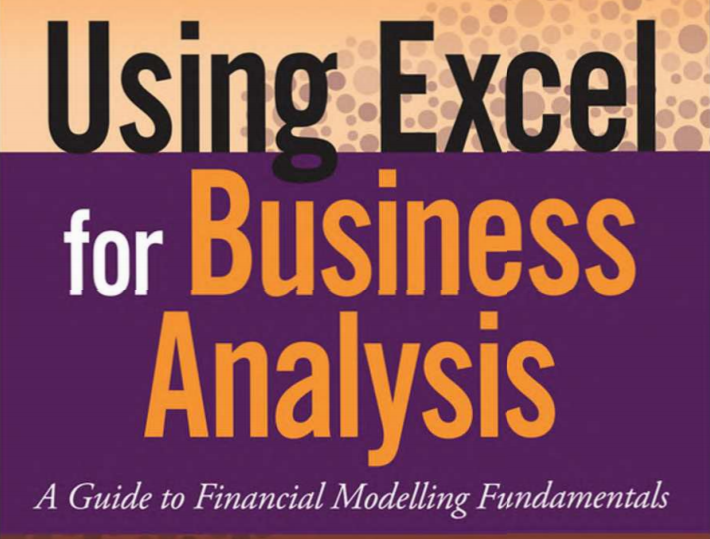“Using Excel for Business Analysis: A Guide to Financial Modelling Fundamentals” by Danielle Stein Fairhurst is an essential resource designed for business professionals, analysts, and students seeking to enhance their financial modelling skills using Microsoft Excel. The book serves as a comprehensive introduction to the fundamental principles of financial modelling, providing readers with the tools and techniques necessary to develop robust financial models that can support decision-making in various business contexts.

At its core, the book emphasizes the importance of financial models as vital tools for analyzing business performance, forecasting future results, and making informed strategic decisions. Fairhurst begins by outlining the key concepts of financial modelling, including the purpose and structure of models, the significance of accuracy and transparency, and the role of Excel as a powerful tool for creating these models. The author highlights that a well-constructed financial model not only aids in analysis but also serves as a communication tool that can effectively convey complex financial information to stakeholders.
Throughout the book, Fairhurst guides readers through the process of building financial models from the ground up. She provides detailed explanations of various Excel functions and features that are crucial for financial analysis, such as formulas, data validation, and conditional formatting. The author emphasizes best practices in model design, including how to organize worksheets, label inputs clearly, and create intuitive navigation within the model. This focus on structure and clarity ensures that models are user-friendly and easy to understand, which is vital for collaboration and review.
In addition to foundational concepts and techniques, the book covers a range of practical applications of financial modelling. Fairhurst discusses topics such as budgeting, forecasting, scenario analysis, and sensitivity analysis, providing readers with real-world examples that illustrate how to apply these techniques effectively. By using case studies and practical exercises, the author encourages readers to engage with the material actively, reinforcing their understanding and enabling them to apply their skills in their professional work.
Moreover, the book addresses common pitfalls in financial modelling, such as over-complication, lack of documentation, and errors in calculations. Fairhurst provides insights into how to avoid these issues, ensuring that readers can create reliable and accurate models. She also discusses the importance of testing and validating models to ensure their integrity, which is critical in a business environment where decisions are often based on model outputs.
Overall, “Using Excel for Business Analysis: A Guide to Financial Modelling Fundamentals” is a valuable resource for anyone looking to improve their financial modelling skills. Its practical approach, combined with clear explanations and real-world applications, makes it an indispensable guide for business analysts, finance professionals, and students alike. By mastering the concepts and techniques presented in this book, readers will be well-equipped to leverage Excel for effective business analysis and financial decision-making.
